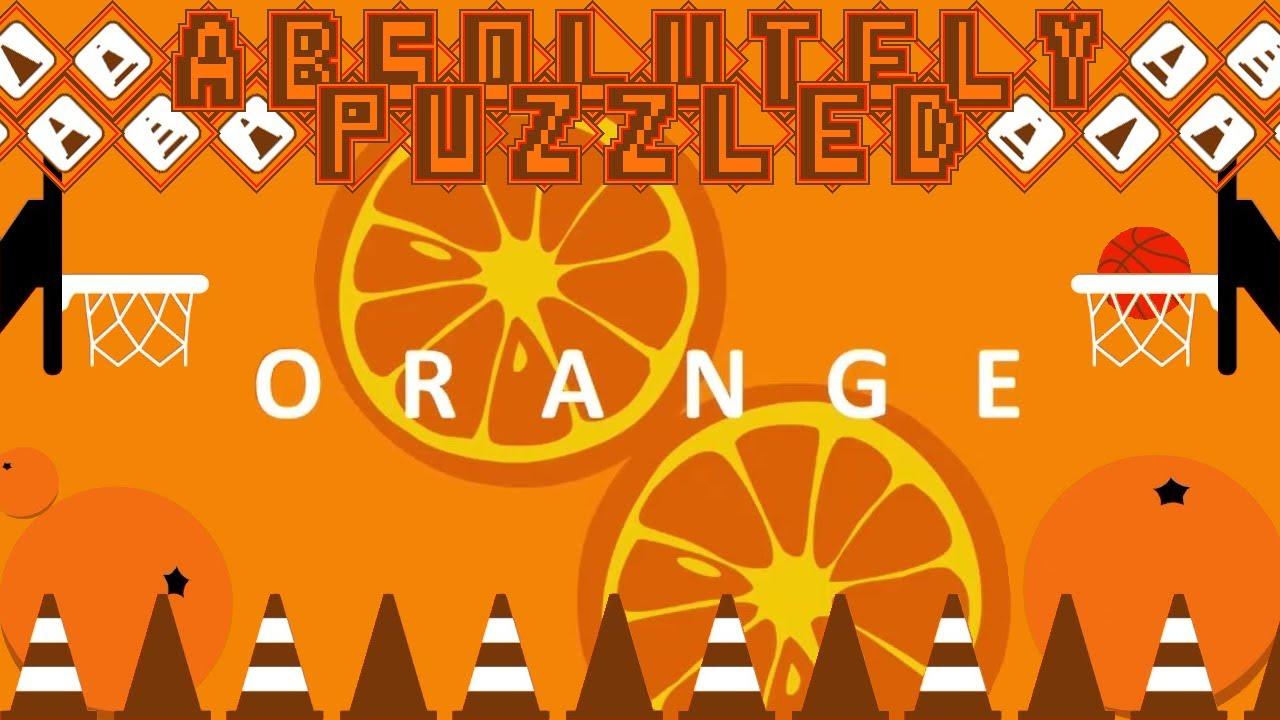For this critical play, I ventured into the game of Orange (game). The seventh installment in Bart Bonte’s color series, the overarching aim of the game is simple: can you make the entire screen orange? Released on mobile devices, Orange is fairly accessible and targeted for a wide audience. However, the progressing trickiness of each puzzle does lean it into individuals who enjoy problem solving and scratching their itch for curiosity. It’s minimalistic in aesthetic, leaning into general themes such as carrots, basketball, and construction (which are all orange in color). Here, there is minimal narrative (if one at all), and the puzzles are allowed to revel in their ingenuity and cleverness. Here, I argue that the mechanics of the puzzle induces aesthetics of challenge, at times stumbling and failing to properly balance fun and frustration.
Orange is simple in what it requires from the player. Swiping and tapping away at the screen, will intuitively build up understanding of the puzzle. This inherently leads the player into understanding what is necessary to solve the puzzle as well. Here, the puzzles are quite baked into the visual language of the game. Each level adequately displays its number, and often requires filling it or hiding it with orange to progress.
[Level 1]
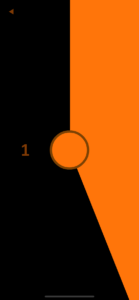
With this level design, each level progressively gets harder and harder. The earliest ones are the easiest. Level 1 simply involved tapping the screen until it was completely filled with the color orange. I’d assume this premise can get boring easily, or in other words, how clever can these puzzles be? I reached level 17 before I completely had no clue on how to solve the puzzle.
[Level 17]

The visual design had no clear connection with the actual solution of the puzzle. I started clicking around lost– whenever a player resorts to that, I believe the puzzle design has failed. This could be due to my own shortcomings as a puzzle player, and other individuals perhaps easily solved what I could not. However, I can also see how such failure of puzzle design can lead to frustration for other players. I resorted to online tutorials in order to progress. In fact, I often resorted to online tutorials. Some puzzles when explained were quite clever and it was indeed my own lack of foresight as a problem solver to find the puzzle. However, other solutions made completely no sense to me (level 17’s solution).
Level 23 for example makes a reference to the Snellen eye chart. (Spoilers) to solve this level, one must swipe in the same direction as the E’s in order to fill the entire screen with orange. Admittedly, while the premise can be cool, what is the connection between the eye chart and the color orange? It’d be one of the last things I think of in fact.
[Level 23]
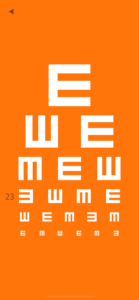
Besides how each level is designed, there is also a larger interweaving of levels together to create a fun sense of cohesion. This was mainly made through the same type of puzzles returning in a later level in a more difficult form. For example, levels 4 and 14 are essentially the same puzzle, one is just harder than the other.
[Level 4 and 14]
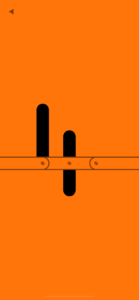
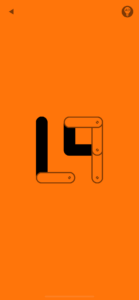
Orange had multiple examples of this which made for a great sense of progression as a return of familiar puzzles rewarded a player’s skill and ability. It also shortened the need to connect the visual design to the puzzle itself.
Despite these stumblings, Orange itself is the type of game that we play to pass the time while waiting for something, or when we’re in the car. It doesn’t require much for the player to connect to the game as it takes simple themes (orange things) and allows the puzzle designs to take center stage. Seeing as it is the seventh installment in the series, it’s also sensible that the puzzles take further leaps for originality and freshness (as puzzles have little to no replayability).


